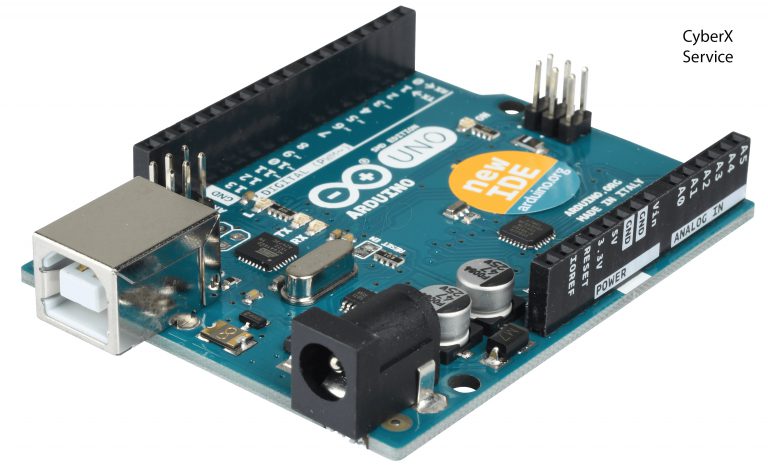


Libraries can also be installed manually by copying the files into the “libraries” folder inside of your sketchbook directory. You can find libraries for everything from sensors to displays, communication protocols, and more. Libraries can make it easier to use complex hardware or talk to more than one device at the same time. The sketch will automatically use any functions or classes that are defined in the library. Once a library is added to the Arduino IDE, it can be used in any sketch that is open in the IDE. Libraries are often distributed as ZIP files, which can be added to the Arduino IDE using the “Add. This code can be used to add new functionality to the Arduino, or to change how the Arduino works. But how do you do that? What is an Arduino Library?Īn Arduino library is a set of files with code that allows you to add functionality to your Arduino sketches. In any case, sometimes it’s necessary to uninstall an Arduino library. Or maybe it’s causing conflicts with other libraries. Maybe it’s not compatible with the latest version of Arduino. And if you’re like most Arduino users, you occasionally have trouble with one of those libraries. If you’re like most Arduino users, you have a few libraries installed on your computer.


 0 kommentar(er)
0 kommentar(er)
